Did you know that over half of all coffee makers have MOLD and YEAST growing in their reservoirs?! On average, home coffee makers have more germs than both bathroom door handles and toilet seats – WOW. Time to switch to a non-toxic coffee maker that doesn’t promote mold growth!
Coffee makers are the perfect breeding ground for MOLD & other nasty organisms. Not to mention, many also use toxic plastics that can leach into your drink.
What’s the best nontoxic coffee maker on the market? How do you prevent mold from growing in your coffee maker? Keep reading to learn more!
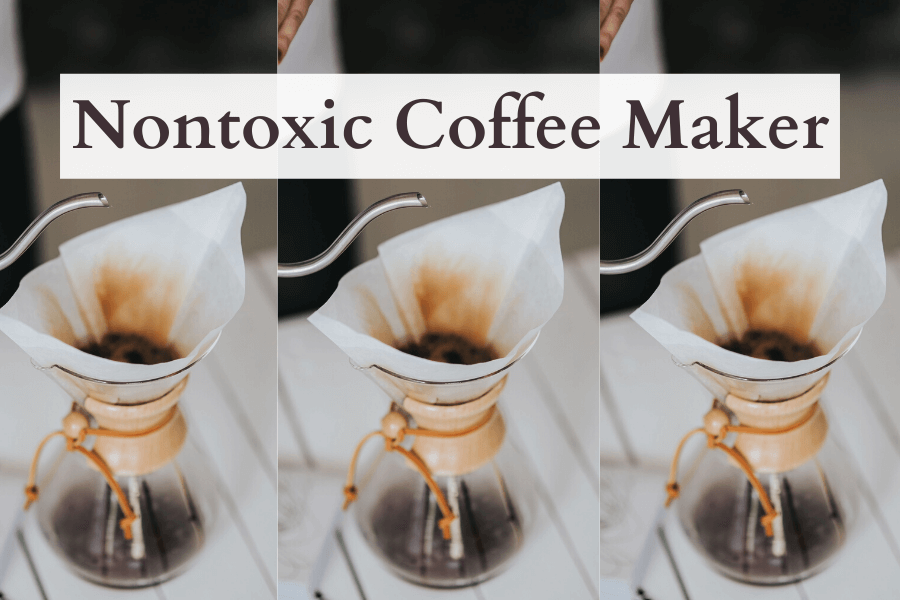
(Note: This article contains affiliate links, meaning In On Around will make a small commission at no additional cost to you. This helps me maintain the site. As always, I value full transparency & only work with brands I love and trust.)
What To Avoid In A Coffee Maker
When searching for a non-toxic coffee maker for your family, it’s important to avoid:
- Coffee makers that use pods. Not only are these extremely unsustainable, but you’re also brewing hot coffee in plastic – yikes. The plastic can leech into your cup-o-joe.
- Any coffee maker that had plastic coming in contact with the hot liquids or the condensation.
- Coffee makers that use ceramics, which can leach heavy metals (like lead) into the hot liquid.
- You can read more about ceramic dishware here: The Ultimate Guide To Non-Toxic Dinnerware
Home coffee makers have more germs than toilet seats (GROSS!)
What’s The Safest, BPA-Free Coffee Maker?
By far, one of the best nontoxic coffee makers on the market: The Chemex
Why is the Chemex such a great non-toxic option?
- It’s fully borosilicate glass (a non-toxic glass that can handle high temperatures & doesn’t impact the flavor).
- There is absolutely no plastic involved. Even if a coffee maker claims to be “BPA-free,” it will likely use BPA alternatives that are just as harmful.
- It utilizes the “pour-over” method. While it does take a bit longer than just pressing a button, it is still extremely convenient & clean.
- Extremely easy cleanup – just throw out (or compost) the filter & gently rinse the pot.
- You have so much control over how the coffee is brewed. We use our kettle to determine exactly at what temperature the hot water will brew.
- It looks like art on your counter! (yes… it’s that pretty)
We use the Chemex-branded unbleached disposable filters, rather than the bleached version. The filters are known for filtering out any bitterness. There are also high-quality stainless steel reusable strainers available.
Ditch all plastic coffee-makers ASAP! Opt for plastic-free.
All you have to do is heat some water to your desired temperature (usually 200 degrees F), pop in a filter and a scoop of coffee, then pour the hot water over the grounds. Boom – easy peasy.
I’m a big tea gal, so I don’t drink coffee, unlike my family members. Regardless, it’s time to DITCH the plastic makers filled with mold and bacteria. Want a cup of mold with your coffee? Nope, didn’t think so…
It’s also recommended to use a gooseneck when pouring hot water over the coffee grinds, so we got a borosilicate glass cup right on Amazon (see below).
Check Out The In On Around Shop
BPA-Free, Sustainable Coffee Products
These are the best non-toxic coffee makers on the market.
- The Chemex: Click Here
- Chemex Filters: Click Here
- The Gooseneck Pour-over Cup: Click Here
- Hario Pour-Over Coffee Maker: Click Here
If you prefer a French press, this can be a good option! This is another simple, toxin-free method for brewing coffee at home.
It’s also important to use a non-toxic tea kettle with your pour-over coffee. Check out this article for more information: The Best Non-Toxic Tea Kettle That You Need In Your Kitchen ASAP
Toxin-Free Coffee Maker – Frequently Asked Questions
Click on the below FAQs to learn more about plastic-free, toxin-free, mold-free coffee makers!
What is the best mold-resistant coffee maker?
How do you find a non-toxic coffee maker?
Why is there mold in my coffee maker?
Are coffee makers non-toxic?
Do you use a non-toxic coffee maker?
Let me know your thoughts in the comments!
You can watch our web story here!
xoxo,

Want to read more? Check out my other articles here!
Copyright In On Around LLC 2021 © The statements made on this website have not been evaluated by the FDA (U.S. Food & Drug Administration). They are not intended to diagnose, treat, cure, or prevent any disease. The information provided by this website should not be used as individual medical advice and you should always consult your doctor for individual recommendations and treatment.

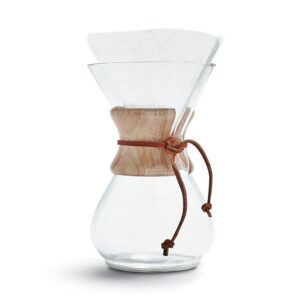
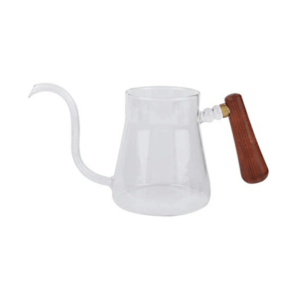
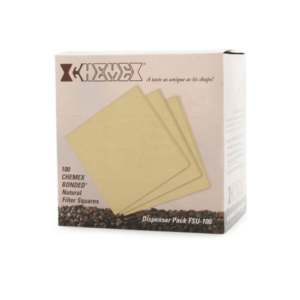
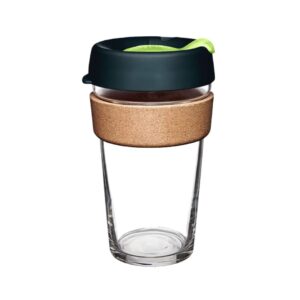
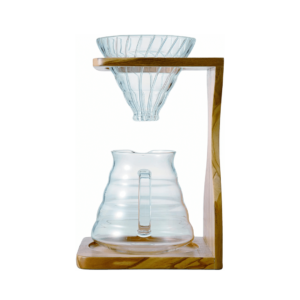
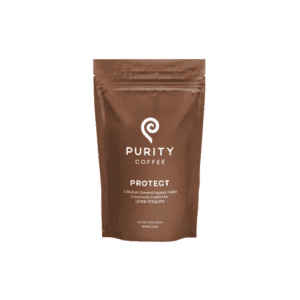
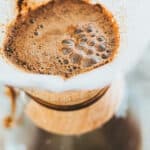


2 Responses